Singapore Travel Guide 2025

Representative Image - Image credit: Pexels.com
7-Day Itinerary
Day 1 (Marina Bay & Gardens): Begin at the Marina Bay waterfront, viewing the iconic Merlion statue (open 24/7, free admission) and modern skyline. Walk along the Bayfront promenade to Gardens by the Bay (open 9:00–21:00 daily; free outdoor gardens, conservatories by ticket). The Flower Dome and Cloud Forest conservatories require tickets (≈SGD20/adult) and are highlights. In the evening, catch the free nightly Spectra light & water show at Marina Bay (8pm & 9pm on weekdays; additional 10pm show on weekends).



Day 2 (Sentosa Island): Take the Sentosa Express or taxi to Sentosa Island, Singapore's resort hub. Spend the morning at the beach or Universal Studios Singapore (Resorts World Sentosa), Southeast Asia's first US Studio theme park. (Universal Studios opens ~10 am, tickets required.) In the afternoon, visit the S.E.A. Aquarium or relax on Palawan or Siloso Beach. Sentosa sees millions of visitors annually (about 13 million in FY2022/2023), and most beaches and outdoor attractions are free – only specific attractions (e.g. USS, SEA Aquarium) charge entry.






Day 3 (Cultural Neighbourhoods): Explore Singapore's heritage quarters. In Chinatown, visit Buddha Tooth Relic Temple, and try local dishes at nearby hawker centers. Then head to Little India (Sri Veeramakaliamman Temple, Tekka Centre) and Kampong Glam (Sultan Mosque, Haji Lane). These areas showcase Singapore's multicultural heritage. Lunch at a hawker centre to sample Hainanese Chicken Rice or Laksa (see Local Cuisine). In the evening, shop or stroll along bustling Orchard Road (Singapore's main shopping boulevard).




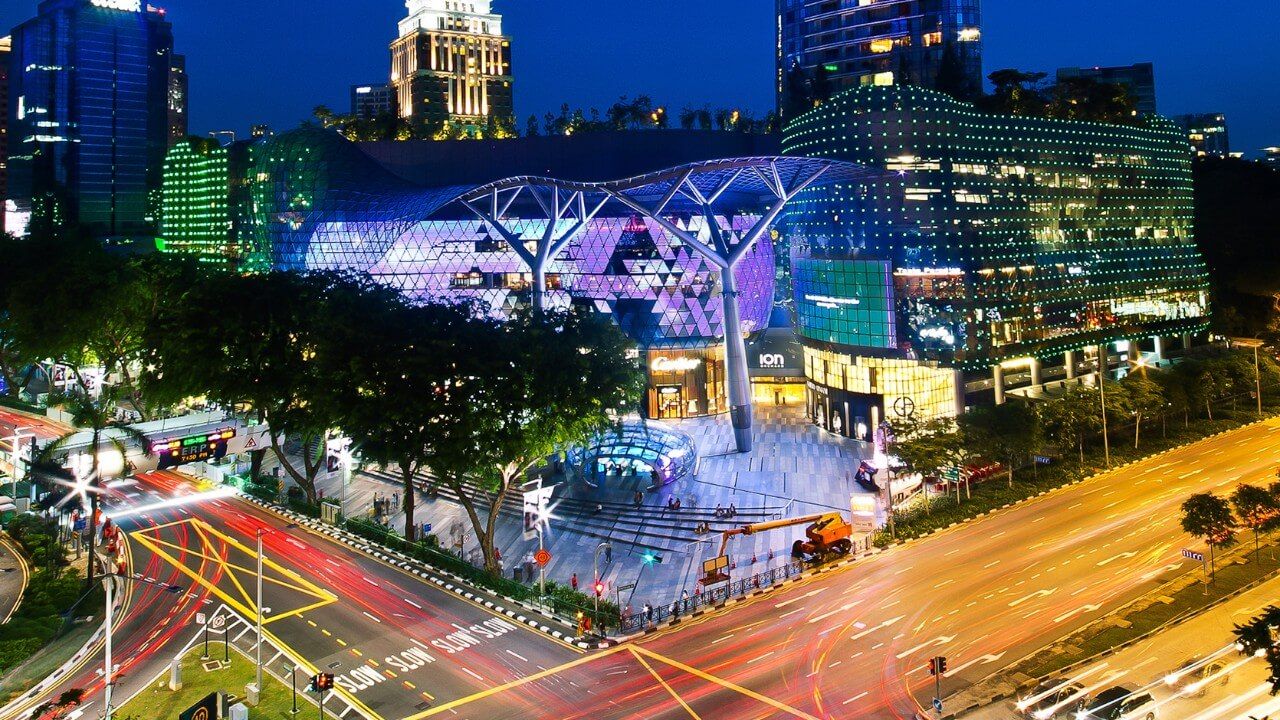
Day 4 (Parks and Nature): Spend the day in nature. Start at the Singapore Botanic Gardens (5 am–midnight, free entry) – a UNESCO World Heritage site. The tropical botanic park is free to wander; the National Orchid Garden inside (open 8:30–19:00) charges SGD5. In the afternoon, head to MacRitchie Reservoir Park for forest trails and the famous 250 m TreeTop Walk (a freestanding suspension bridge). The MacRitchie network offers 20 km of trails through ~2,000 ha of rainforest. The TreeTop Walk is open 9 am–5 pm (closed Mondays). Entrance to all these trails is free.






Top Places to Visit
- Gardens by the Bay: A futuristic park at Marina Bay featuring the Supertree Grove and cooled conservatories. The outdoor gardens and Supertree Grove are free to visit. The two climate-controlled domes (Flower Dome and Cloud Forest) charge admission (Adult SGD20) and are open 9:00–21:00 daily (last entry 20:30). This park has been extremely popular – it celebrated its 100-millionth visitor in 2023.
- Sentosa Island (Resorts World): Singapore's resort isle with beaches and attractions. Free entry to the island (no fee to enter on foot or by car – small vehicle charges apply). Key attractions include Universal Studios Singapore (see above) and S.E.A. Aquarium (maritime exhibits). Sentosa draws millions – about 13 million visitors in FY2022/23. Beaches (Siloso, Palawan) are free; theme parks and museums have separate tickets (for example, USS tickets are typically SGD75–80).
- Marina Bay Sands & Merlion Park: The Marina Bay waterfront is the city's symbol. Visit Merlion Park (8.6 m Merlion statue, Singapore's iconic half-lion/half-fish) – open 24/7, free admission; the lion-fish statue weighs 70 tonnes. Nearby, the Marina Bay Sands (MBS) complex offers a SkyPark observation deck (open 10:00–22:00; non-peak adult ticket S\$35) with city views. The surrounding promenade and The Shoppes at MBS are open daily. Don't miss the nightly Spectra light show at the Bay (free; 8/9/10pm shows).
- Singapore Botanic Gardens: A 160-year-old tropical garden and UNESCO World Heritage Site. Open 5 am–midnight, daily; admission to the main gardens is free. Highlights include the National Orchid Garden (fee SGD5, 8:30–19:00) and Jacob Ballas Children's Garden. The Gardens are lush and extensive – one of the top green attractions in the city.
Top 5 Things to Do
- Experience Hawker Cuisine: Singapore's street-food culture (hawker centres) is UNESCO-listed. Don't miss iconic dishes like Hainanese Chicken Rice, spicy Laksa, Chilli Crab, Satay, and Char Kway Teow. Sample them at popular hawker centres (Maxwell, Tiong Bahru, Chinatown Complex, Tekka Centre, etc.). Hawker meals are cheap (typically a few SGD). Food hygiene is high – the Singapore Food Agency advises eating cooked food hot (keeping it above 60 °C) and drinking bottled water if unsure.
- Nightlife & Light Shows: Enjoy the city by night. Watch Spectra – the free Marina Bay light and water show (8pm & 9pm Sun–Thu; 8pm, 9pm & 10pm Fri–Sat) – from the Event Plaza or bayfront promenade. Explore Clarke Quay for riverside bars and clubs, and visit rooftop bars (e.g. at Marina Bay Sands or local hotels) for skyline views. Most venues close by midnight. Dress is casual-smart (shorts are fine, but avoid swimwear unless at a pool).
- Nature & Parks: Hike the trails of the Central Catchment Nature Reserve (MacRitchie, Bukit Timah). Trails are free and well-marked. The 250 m TreeTop Walk (a suspended bridge) is a highlight. Other green escapes include Bukit Timah Nature Reserve, Labrador Nature Reserve, and MacRitchie Reservoir Park. Parks are safe and well-maintained; bring water and insect repellent.
- Shopping: Stroll Orchard Road, Singapore's premier shopping belt of malls and boutiques. Explore markets and centres like Bugis or Suntec City. Major international and local fashion brands are available; watch for regular sales and tax-free shopping for tourists. Even casual browsing is an experience, as shopping is a favorite local pastime.
- Family Fun: Bring kids to family-friendly attractions: try Singapore Flyer (giant observation wheel), Science Centre Singapore, or the Children's Garden at Far East Organization Children's Garden. Many malls (e.g. VivoCity) have indoor playgrounds. Even public places like the Botanic Gardens and East Coast Park have playgrounds, making them great for families.
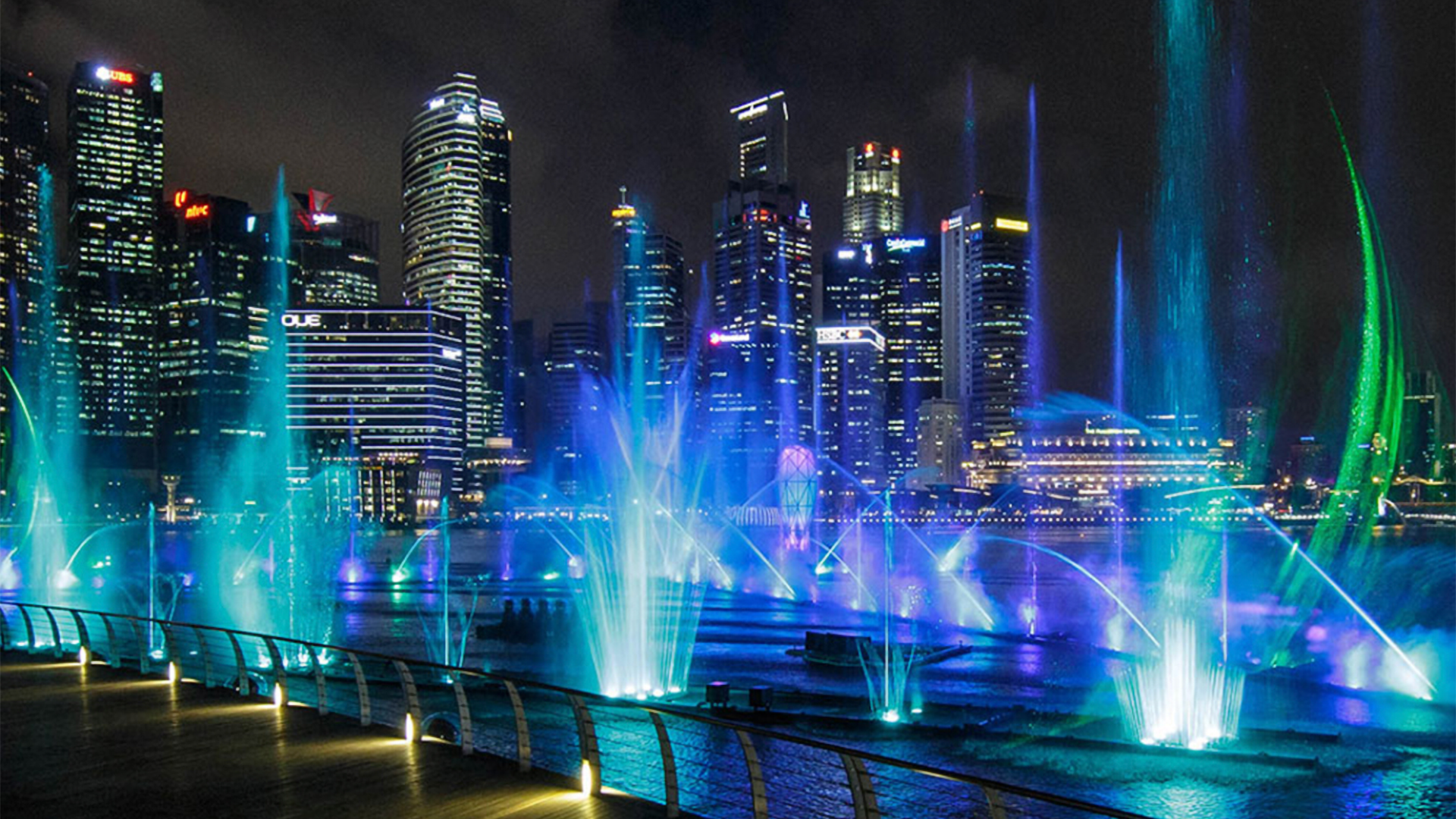



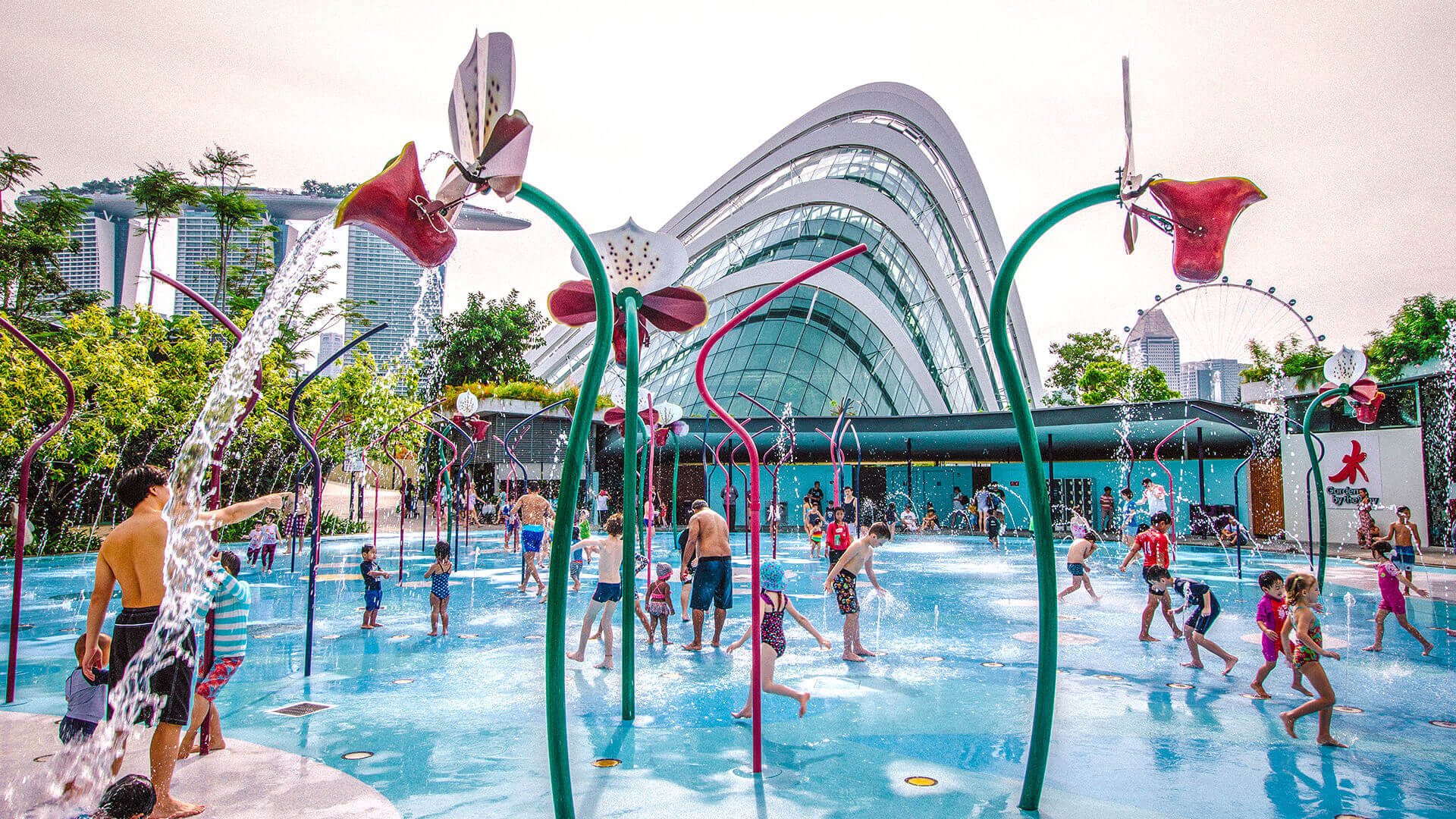
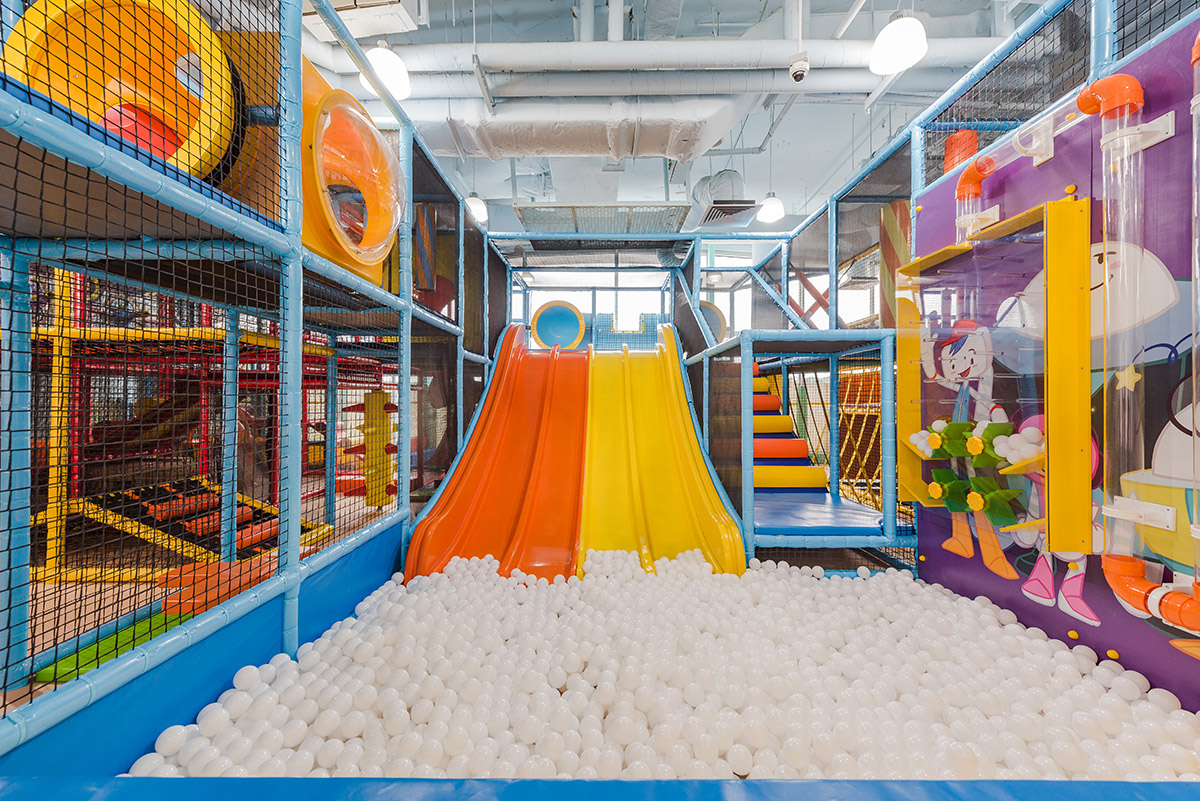
Transportation Guide
Arriving by Air: Changi Airport (SIN) is Singapore's main hub. It's well connected globally by many airlines. Cheaper budget carriers (Scoot, AirAsia, Jetstar) serve regional routes, while full-service airlines (Singapore Airlines, Emirates, etc.) connect intercontinental flights. From Changi to the city centre: the MRT train takes ~30 min (approx. SGD2 per adult). Taxis are available 24/7 (S\$25–45 to downtown, metered plus airport surcharge). Private-hire cars (Grab, Gojek) are similarly priced to taxis.
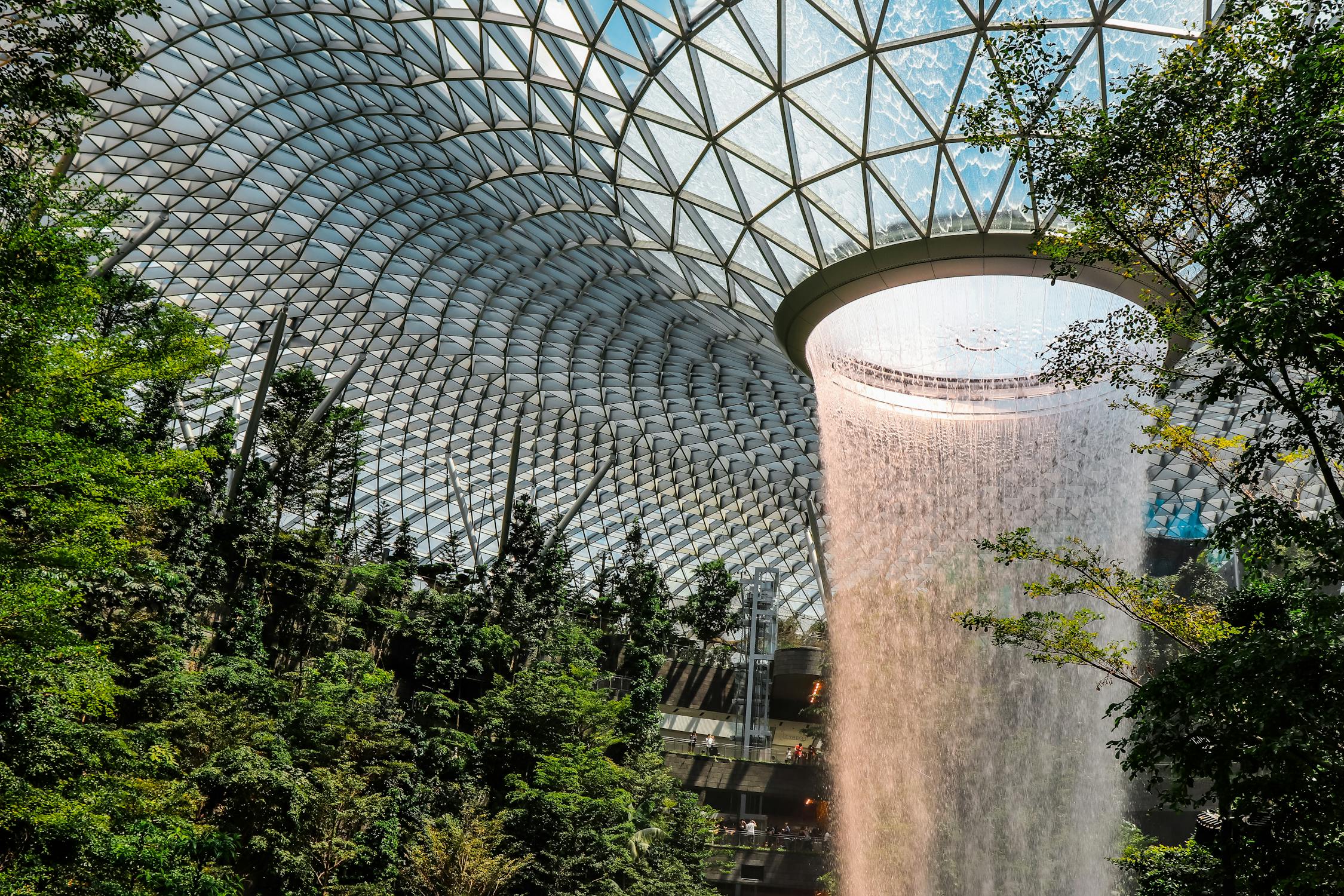

Local Public Transport: Singapore's public transit (MRT metro and public buses) is efficient and affordable. Single-ride MRT fares range from about SGD0.90 to 2.50 (depending on distance), and buses are similarly priced. Consider getting a contactless stored-value card (EZ-Link/NETS FlashPay) for convenience; cards cost a SGD5 deposit (refundable). For unlimited travel, tourists can buy a Singapore Tourist Pass (1-day SGD17, 2-day SGD24, 3-day SGD29) for unlimited public transport rides. The MRT operates roughly from 5:30 am–midnight, with extensions for late shopping.


Taxis and Ride-Share: Taxis have flag-down rates (~SGD4–5) plus distance and time. Night and peak surcharges apply. Ride-share apps (Grab, Gojek) are widely used – fares are comparable to taxis (often slightly cheaper), especially off-peak. Payment is usually via credit card or in-app wallet. Tipping is not expected in Singapore for transport.

Local Cuisine Guide
Singapore's food scene blends Chinese, Malay, Indian, and Western influences. Must-try dishes include Hainanese Chicken Rice (tender poached chicken with ginger rice) and Laksa (spicy coconut noodle soup). Chilli Crab (sweet-tangy crab in chili tomato sauce) and Satay (marinated grilled meat skewers with peanut sauce) are also signature. These are best sampled at hawker centres or casual seafood restaurants. For safety, eat at busy stalls (high turnover) – Singapore has strict hygiene standards. The Singapore Food Agency recommends eating freshly cooked food promptly and keeping it above 60 °C. Bottled water is safe and widely available. The multicultural cuisine is so central that Singapore's hawker culture was inscribed by UNESCO in 2020.




Cultural Etiquette
Singapore is a cosmopolitan society that values order and courtesy. Key guidelines: do queue patiently in public (cutting in line is frowned upon). No chewing gum is allowed (sale and import are banned by law). Littering, spitting, or vandalism carry heavy fines (e.g. S\$300 on first offence for spitting). Always remove shoes when entering temples or mosques, and dress modestly (cover shoulders/knees) in religious sites. Tipping is not required at restaurants or taxis. It is polite to offer seats to the elderly on public transport. Smoking is only permitted in designated areas. For security, crime is very low – simply take normal precautions: don't leave belongings unattended and keep passports in a hotel safe. Singapore has strict laws and zero tolerance for bribery or disrespect toward officials. Lastly, avoid public drinking of alcohol after 10:30 pm (illegal in unlicensed areas).



Languages Spoken and Communication Tips
Singapore's four official languages are English, Mandarin Chinese, Malay, and Tamil. English is the main language of business and education, and is widely spoken by virtually everyone. Street signs, menus and public announcements are in English, making navigation easy. Mandarin and Malay are also common, and you may hear local dialects (Hokkien, Cantonese, Punjabi) among older generations. When dining or shopping, most staff speak English well. It's polite to greet in English, or try a simple "Terima kasih" (Malay for "thank you"), though not required. Overall, Singapore is very foreigner-friendly and even short English phrases suffice. If you need help, official signs and apps (like an official MyICA immigration app) are English-based.
Safety Tips
Singapore is one of the safest cities in Asia. Violent crime and theft are extremely rare. Nonetheless, basic vigilance is wise: use hotel safes for valuables, and watch your belongings in crowded places. Beware of scams: anyone unexpectedly asking for money (especially in transit areas) is suspect. The city's public places are well-lit and CCTV-monitored. In an emergency dial 999 (police) or 995 (ambulance). Observe Singapore's laws strictly: littering and jaywalking can incur on-the-spot fines. In case of a public health emergency, authorities may enforce health measures, so stay informed via official channels (ICA travel advisory, MOH updates). Families and solo travelers alike will feel secure; just follow normal safety practices and local laws.
Travel Costs
Singapore is moderately expensive. On average, budget travelers spend about SGD 90 (≈USD 68) per person per day, while mid-range travelers spend around SGD 230 (USD 170) per day (including accommodation, food, transport). Luxury travelers may spend upwards of SGD 640 (USD 480) daily. Hotel rooms range widely: a 3-star hotel might cost SGD 150–250 per night, whereas luxury hotels are SGD 400+ per night. Hawker meals cost only a few SGD each, casual restaurants around SGD 10–20 per dish, and a mid-range restaurant meal ~SGD 50 for two. Public transit fares are low (a few SGD per trip), and taxi rides in city typically SGD 10–20 for short rides. For currency, SGD (S\$) is about 1.35–1.40 to USD in 2025. The Singapore Tourism Board's statistics show tourism receipts reached SGD 22.4 billion in Jan–Sep 2024, reflecting continued growth. Use official resources (banks or exchange counters) for current exchange rates.
Visa and Entry Requirements
Singapore has a straightforward entry policy. Most Western nationalities (US, EU, Australia, etc.) do not require a visa for short visits (typically 30–90 days). However, check the ICA website: travelers must ensure their passport is valid for at least 6 months beyond departure. Citizens of visa-required countries must apply for a visa through a Singapore mission or authorized agent before travel. Upon arrival (except transit), all travelers must submit the SG Arrival Card online up to 3 days before travel. This free electronic form includes a brief health declaration and personal details. Failure to submit it (when required) can delay immigration processing. There is no immigration fee for short visits. Visitors must have proof of onward travel and sufficient funds (for tourism, generally no strict amount is checked). Singapore enforces its laws and has strict customs rules (declare duties on expensive goods). For the most current visa rules, refer to ICA's official site.



